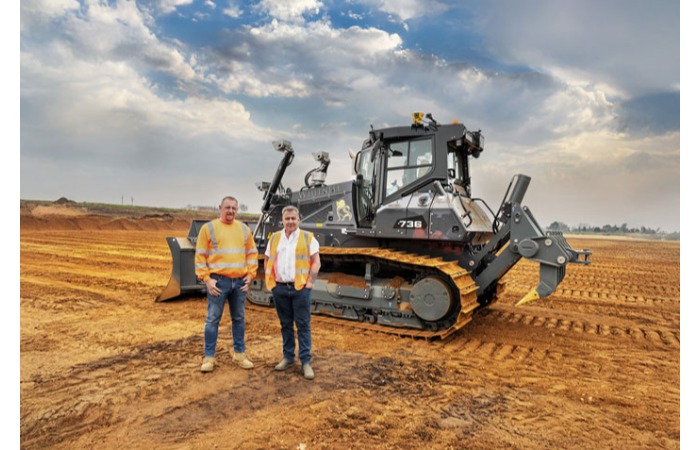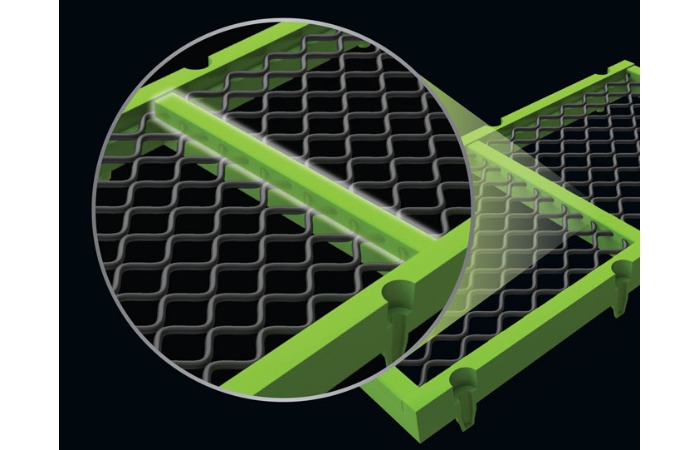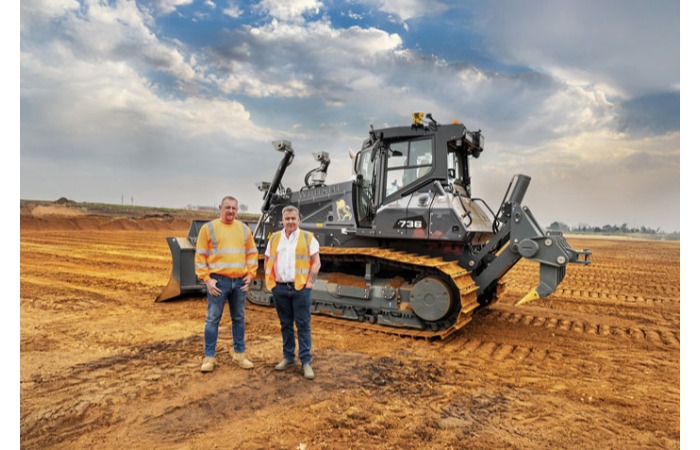Schedule a Call Back
Corridors of Growth

India’s highway development has entered a decisive new phase. After more than a decade of aggressive expansion under successive programmes—Golden Quadrilateral, NHDP, and Bharatmala—the focus is now shifting. The next big priority is clear: building 14,000 to 15,000 km of high-speed corridors that can move freight faster, cut logistics costs, and transform India’s economic competitiveness.
At the RAHSTA Forum in New Delhi on August 5, Ashish Kumar Singh, Chief General Manager (Finance), National Highway Authority of India (NHAI), underlined this shift in strategy.
End of Bharatmala
Bharatmala Phase-I, launched in 2017 as an umbrella programme, has now run its course. Out of a target of 34,800 km, only about 24,000 to 25,000 km could be awarded. Singh candidly pointed out why: land acquisition and environmental clearances.
“We cannot afford to issue letter of acceptance (LoA) with 20 to 30 per cent land pending. That would be unfair to contractors, government, and the public,” he said. Since land is a state subject, delays are inevitable and underline the interdependence between central policy and state-level execution.
High-speed corridors
With the expressway backbone largely built, the government’s focus is shifting. Singh revealed the next frontier: 14,000 to 15,000 km of high-speed corridors over the next five years. These projects will cut logistics costs, accelerate freight movement, and strengthen India’s competitiveness.
“For the public, we have created enough. Now we need speed—high-speed corridors for high-speed movement of vehicles,” Singh emphasised.
For FY2025-26, the targets are ambitious yet realistic: 10,000 km of new construction and 10,000 km of fresh awards.
Roads as economic multipliers
Highways are more than concrete and asphalt—they are economic catalysts. Singh reminded the audience that the road sector alone contributes 25 to 30 per cent of the government’s total capital expenditure of Rs 11 trillion.
Unlike defence acquisitions, he said, roads directly fuel economic growth: “Road construction has a multiplier effect of 2.5 to 3 times on GDP because it engages manpower, machinery, and equipment at scale.”
Already, NHAI has spent Rs 500 billion in the first quarter of FY26, with balance sheet strengthening continuing through accelerated debt repayment. Borrowings are projected to dip below Rs 2 trillion by year-end.
Maintenance & sustainability
“Making a road world-class will not last more than four or five years if it is not maintained in a world-class manner.”
In one of the most impassioned parts of his address, Singh underscored the need for robust operation and maintenance frameworks. With India’s climate swinging from 2°C to 50°C, highways face severe stress. Poor maintenance risks rapid deterioration.
Equally critical is sustainability. Singh called the very term “greenfield highway” a contradiction, lamenting the loss of fertile soil and inadequate monitoring of compensatory afforestation. “Where are the one lakh trees to replace the 10,000 cut? We need accountability,” he remarked.
He also encouraged experimentation with alternative materials such as bamboo barriers and eco-friendly substitutes for traditional crash barriers—though he cautioned that durability and safety must be proven.
Beyond roads
Singh urged the sector to broaden its vision beyond blacktop and concrete. Wayside amenities, logistics parks, and service hubs must now take centre stage.
Drawing from global examples, he envisioned landscaped avenues, automated irrigation systems, organised rest stops, and access-controlled petrol pumps—designed not just for convenience but also to prevent haphazard encroachments.
“NHLML has taken steps, but contractors too must see the potential. Roads without amenities are incomplete,” he noted.
On financing sustainability, Singh outlined three monetisation pathways:
- TOT (Toll-Operate-Transfer): Attracting investors for completed roads without construction risk.
- InvITs (Infrastructure Investment Trusts): With one InvIT already raising Rs 440 billion, a public InvIT is on the horizon to bring retail investors into the fold.
- Project-based financing: Securitising toll revenues for new projects, such as the Delhi–Meerut Expressway.
“These models not only raise capital but also bring in professional private-sector maintenance practices,” Singh emphasised, underlining the importance of investor confidence in India’s road assets.
Technology & AI: Shaping smarter highways
Closing on an optimistic note, Singh shared how artificial intelligence is revolutionising NHAI’s project planning.
With drone survey data, Falling Weight Deflectometer (FWD) studies, and six-monthly road assessments, AI now verifies DPRs (Detailed Project Reports), flagging discrepancies in consultant estimates. “A lot of accuracy is coming in DPR now,” he said, calling it a “positive sign for accountability and cost-efficiency.”
Singh’s message was clear: India’s highway sector has matured from mere construction to a multi-dimensional mission—balancing speed with sustainability, financing with fiscal prudence, and technology with human oversight.
The targets—10,000 km each for construction and awards this year—are not just numbers. They are milestones in a journey towards faster logistics, greener highways, and financially secure infrastructure.
If realised, this vision will redefine highways not just as roads between cities, but as arteries of growth, sustainability, and global competitiveness.
Singh dissected the costs and implications of the three major financing models:
- EPC (Engineering, Procurement, Construction): Cheapest and government-funded.
- HAM (Hybrid Annuity Model): Costlier due to staggered annuity payments.
- BOT (Build-Operate-Transfer – Toll): Most expensive, with private players raising all capital and retaining tolls for 20 years.
Despite higher costs, Singh noted a strategic shift: “Government thinking is clear—first try BOT. If not feasible, go for HAM. If still not feasible, opt for EPC.”
With budgetary allocation pegged at Rs 2.4 trillion annually, NHAI is positioned strongly, even joking that the challenge now is how best to utilise the funds—whether for debt retirement, annuity payouts, or EPC projects.
Pull quotes:
1.
“We cannot afford to issue LoA with 20 to 30 per cent land pending.”
2.
“Roads deliver a 2.5 to 3x multiplier effect on GDP.”
3.
“Government thinking is clear—first try BOT, then HAM, then EPC.”
4.
“Making a road world-class will not last more than four or five years if it is not maintained in a world-class manner.”


Subscribe Now
Subscribe to our Newsletter & Stay updated
RECENT POSTS
Popular Tags
Folliow us
Related Stories
Sinoboom CEO Addresses India’s MEWP Industry
Susan Xu, Owner and Group CEO of Sinoboom, recently addressed members of the Aerial Platform Association of India during a celebratory dinner hel...
MAJOR Showcases Screen Media Technology at CONEXPO/CON-AGG 2026
MAJOR, a global manufacturer of high-performance wire screen media, will exhibit at CONEXPO/CON-AGG 2026, where it will showcase its screen media s...











